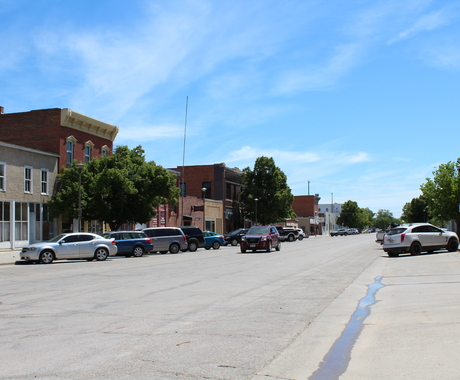By Johnathan Hladik, former policy director
Connectivity is the defining aspect of our 21st century economy. Access to broadband internet offers the best in education, health care, and economic development. Unfortunately for many, the best isn’t available.
More than 24 million Americans lack broadband access. This includes 31 percent of households in rural areas, but only 2 percent in urban. 19 million of 25 million households without broadband are in rural areas.
Old fashioned data collection guarantees this will continue.
The Federal Communications Commission collects data on broadband service at the Census block level, of which there are 11,078,297. In rural areas, these blocks can stretch for hundreds of square miles. Nationwide, 3,200 Census blocks are larger than the District of Columbia.
In a Census block, if one household has access, the entire block is reported as “served.” Providers may report an area as “served” if they could provide access without “an extraordinary commitment of resources.”
This means the number of “served” areas is frequently overstated. States are unable to accurately invest resources in broadband development because they are relying on erroneous data. Improving this process is the most important step we can take to improve availability in rural areas.
We are in the midst of a digital revolution, and millions of rural Americans are being left behind. A closer look shows the problem isn’t always money – it comes back to policy. Now is the time for lawmakers to think innovatively and act swiftly to ensure rural America isn’t left out.





